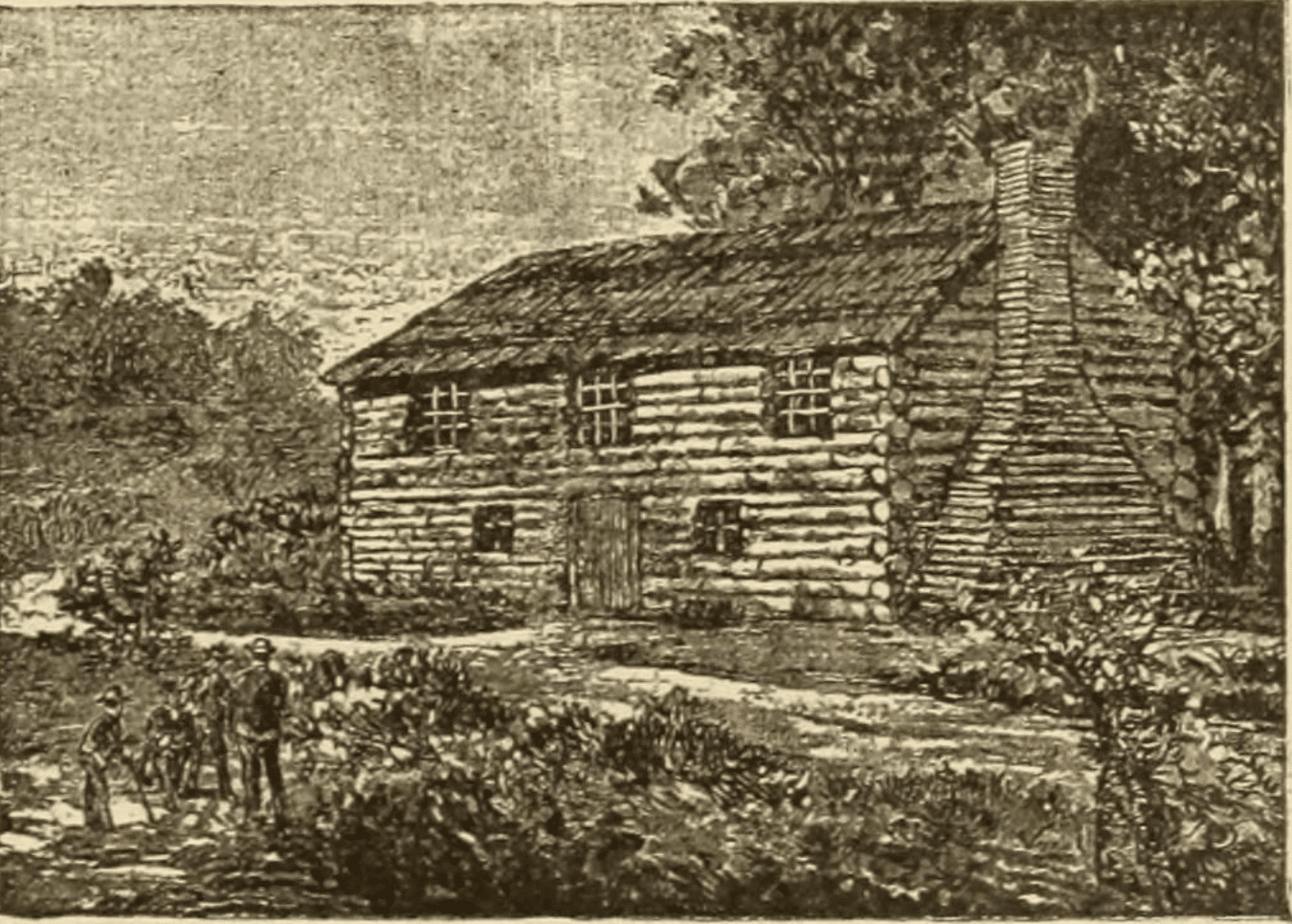The official Plantation of Ulster began in 1609, with the goal of replacing the native Irish population with English and Scottish settlers. Lowland Scots were drawn to Ireland by the promise of long, affordable tenancy leases offered by Scottish absentee landlords, who had been granted confiscated Irish land. Such generous terms were simply unavailable in Scotland. The failed Irish uprisings of 1641 and 1690 further expanded these opportunities, opening more confiscated territory to new settlers.
While many Scots migrated willingly for these prospects, others were driven from Scotland by hardship. Higher church tithes, steep rent increases, and the shift from payment in kind to cash rent pushed families toward Ulster. For a time, they prospered there, with the growing linen industry providing additional employment and income.
In the wake of the Battle of the Boyne (1690) and the Treaty of Limerick (1691), Ulster’s Scots-Irish Presbyterians remained in a fragile alliance with the English, united in their effort to control the native Irish. But eventually the relationship soured. Within just a decade of the Treaty of Limerick, the Act of Union (1701) and the Test Act (1704), began stripping away Scots-Irish freedoms.
The Penal Laws tightened the noose: Scots-Irish marriages were invalid unless confirmed by Anglican ecclesiastical courts—possibly threatening inheritance rights, as children from unrecognized unions could be considered illegitimate with no legal claims. Scots-Irish Presbyterians were also required to pay tithes to the established Church of Ireland, barred from holding civic or military office, and forbidden to operate their own schools.
By 1718 expiration of the long-term leases, soaring demand for land, and “rack-renting” practices by English & Scottish absentee landlords forced many from their farms. Less than 25 years after the Battle of the Boyne, these pressures helped spark the Great Migration of the Scots-Irish to America.
Across the Atlantic, the “push” from Ireland met the “pull” of the American colonies—vast tracts of fertile land awaited, sold cheaply and free from the grip of absentee landlords. In places like Pennsylvania, the Scots-Irish were encouraged to settle frontier lands as a buffer between Native Americans and established coastal communities. This was especially true in Quaker-controlled Pennsylvania, where military organization was shunned. Once again, the Scots-Irish found themselves being used by the aristocratic English landowning and mercantile classes as a buffer against a native population.
And so began the Great Scots-Irish migration of 1718 to 1770. Those Scots-Irish that left for America, their sons & grandsons, were at the forefront of the American Revolution of 1776, while those that remained in Ireland went on to lead the Irish Rebellion of 1798.



